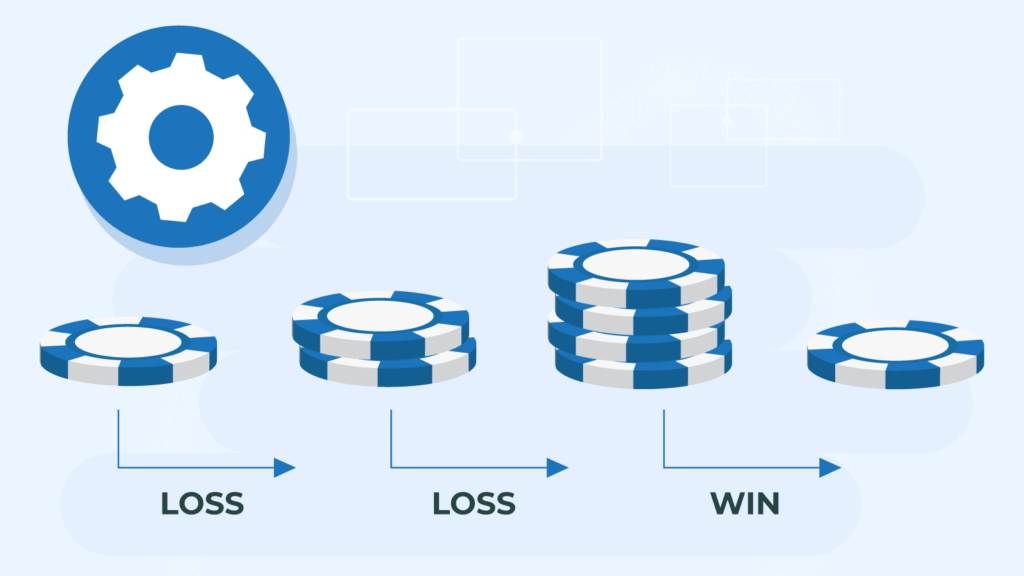Explore the Martingale Betting System’s principles, risks and effectiveness. Discover alternative betting strategies for long-term success.
The Martingale Betting System: Strategies, Risks, and Realities
Contents
Introduction
In the world of betting, various strategies have emerged over the years, each promising a path to consistent profits. One such strategy that has garnered attention is the Martingale Betting System. Advocates of this system believe it offers a straightforward approach to recover losses and secure profits. In this comprehensive guide, we will delve into the intricacies of the Martingale System, exploring its principles, application, and its efficacy in the realm of sports betting.
What is the Martingale System?
The Martingale Betting System is a progressive betting strategy that dates back to the 18th century. It’s based on the premise that, in a game of chance with 50-50 odds, a player will eventually win, and the win will cover all previous losses. The Martingale system is predominantly applied in games like roulette and coin-flipping, but has found its way into the world of sports betting.

How to Use the Martingale Betting System
The core principle of the Martingale Strategy is to double the size of your bet after every loss. The idea is that when a win eventually occurs, it will not only recover all previous losses but also generate a profit equal to the initial wager. However, it’s essential to approach this strategy with caution and strict discipline. Establishing a bankroll, setting betting limits, and understanding the risks are pivotal components of employing the Martingale Strategy effectively.
Martingale Strategy Example in Sports
To illustrate the application of the Martingale System in sports betting, let’s consider a scenario involving a football match between Team A and Team B. You place an initial bet of $50 on Team A to win. Unfortunately, Team A loses the match.
Following the Martingale System, you double your bet to $100 on the next game involving Team A. If they win this time, you’ll recover your $50 loss from the previous bet and secure a $50 profit. However, should they lose again, you’ll need to double the bet once more to $200, and so on, until a win occurs.
Does Martingale Strategy Work in The Long Run?
While the Martingale Betting System can yield short-term gains, it’s essential to understand its limitations. In theory, an unlimited bankroll and no table limits would guarantee eventual success. However, in reality, practical constraints like table limits, finite resources, and streaks of bad luck can lead to catastrophic losses. As a result, the Martingale System is often deemed risky and not recommended as a sole betting strategy.
The Anti-Martingale System
As a counterpoint to the Martingale System, the Anti-Martingale System suggests increasing bets after a win and decreasing them after a loss. This approach capitalizes on positive streaks and minimizes losses during negative streaks. It’s important to note that both systems come with their own set of risks, and neither guarantees long-term success.
Conclusion
The Martingale Betting System, with its roots in probability theory, offers a tantalizing prospect of quick recovery and profit. However, it’s crucial to approach it with a clear understanding of its limitations. While Martingale Strategy can be effective in the short term, it’s not a foolproof strategy for sustained success. As with any betting system, a balanced and disciplined approach, coupled with a thorough understanding of the underlying principles, is paramount for a successful betting experience.
- A Guide to Gambling Self-Exclusion in Canada - July 29, 2024
- Maximize Your ROI in Sports Betting: Expert Tips - July 16, 2024
- How to Make the Most of Canadian Bets: A Comprehensive Guide - June 18, 2024




